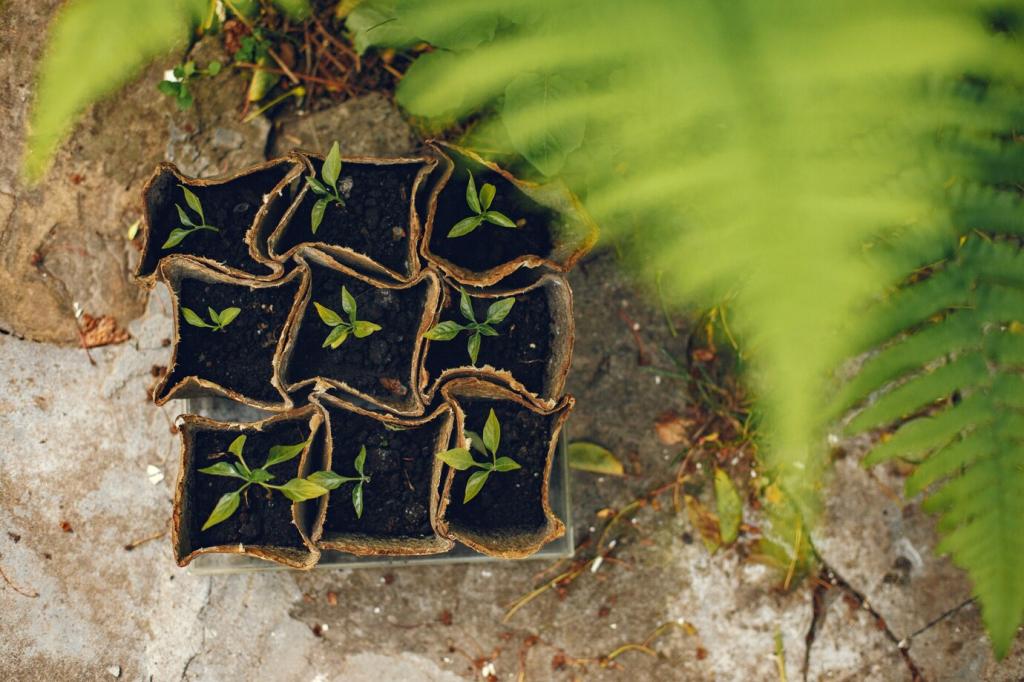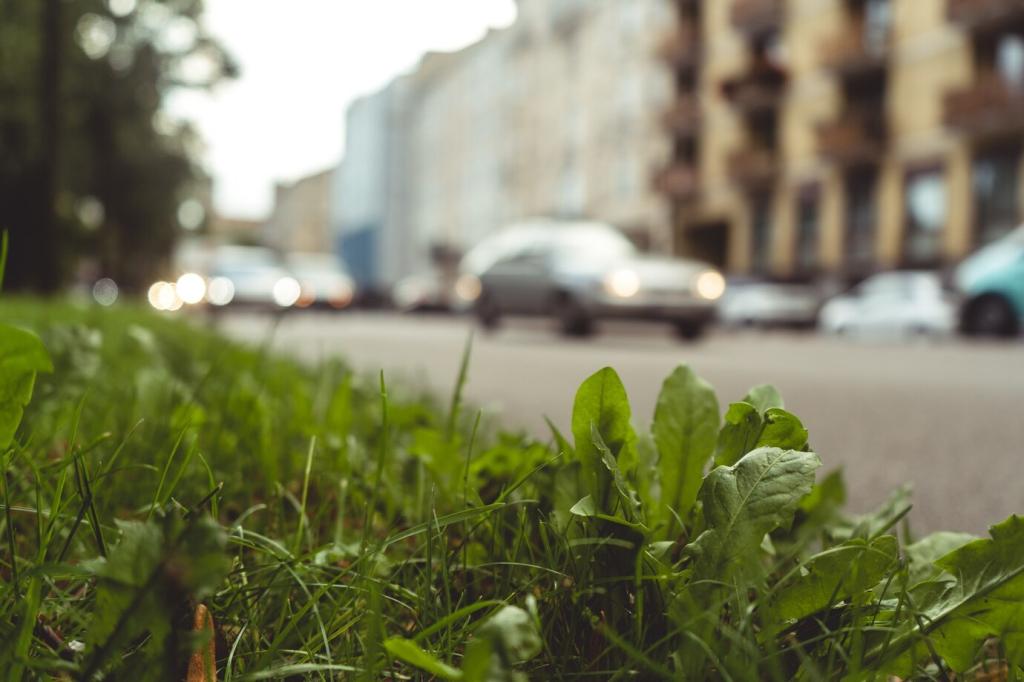
Benefits of Microforestation for Urban Wildlife
Today’s theme: Benefits of Microforestation for Urban Wildlife. Discover how small, dense plantings of native trees and shrubs transform city corners into living sanctuaries, welcoming birds, pollinators, and countless overlooked species back into our neighborhoods.

Shelter, Nesting, and Safe Passage
Bird nesting niches in a meter of green
Layered plant structure creates different perches and hiding spots. Robust shrubs support cup nests, while climbers and dense foliage offer concealment from predators. Share the first nesting behavior you observe this spring.
Ground cover highways for small mammals and reptiles
Low, tangled vegetation and mulch form cool, shaded pathways that let hedgehogs, lizards, and mice travel unseen. Add a small brush pile to extend cover, and tell us who uses your mini highway.
Winter refuge for beneficial insects
Standing stems, hollow twigs, and leaf litter protect overwintering bees, ladybirds, and lacewings. Resist the urge to tidy too soon. Subscribe for our seasonal maintenance checklist that prioritizes insect safety.

Spring nectar and early pollinators
Early native blossoms feed awakening bees and hoverflies when temperatures still swing. Willows, serviceberries, and understory flowers bridge the hungry gap. Log your earliest bloom dates so neighbors can synchronize planting.

Summer berries and urban dispersers
Wild cherries, elder, and dogwood feed thrushes and starlings, who repay the favor by dispersing seeds to new cracks and corners. Share photos of who visits your fruiting shrubs in July.

Autumn seeds, winter forage
Let seedheads stand for finches and sparrows, and include evergreen structure where insects can persist. A few late-blooming natives keep nectar flowing. Comment with your microforest’s winter survival menu.
Healthier Microclimates that Protect Wildlife
Shade, evapotranspiration, and moist soils can drop local temperatures, helping birds and insects avoid lethal heat. Place a shallow water dish under shrubs, and tell us which species discover it first.
Soil Life, Water, and Resilience
01
Leaf litter and woody mulch invite fungi and detritivores that recycle nutrients for plants. This underground feast fuels aboveground wildlife. Try a no-dig approach and note changes in soil smell and texture.
02
Depressed basins and thick mulch soak storms, preventing runoff while denying standing water. Add native sedges for extra filtration. Tell us how your microforest handled the last heavy downpour.
03
Butterflies and bees sip minerals from damp soil, while birds bathe in shallow dishes. Refresh water regularly to keep it clean. Share your best wildlife watering setup and lessons learned.
Community Science and Ongoing Care
Easy monitoring you can actually keep up
Pick one metric—pollinator counts, bird minutes, or bloom dates—and track it weekly. Consistency beats complexity. Post your first month of data in the comments to encourage others.
Invite neighbors, schools, and elders
Different eyes see different species. Host a fifteen-minute mini-bio-blitz after planting days. Offer kid-friendly ID sheets and celebrate every find. Subscribe to receive printable guides for your next event.
Share data, stories, and subscribe
Upload observations to community platforms, then return here with highlights and photos. Anecdotes matter as much as numbers. Subscribe for quarterly digests featuring reader microforests and the species they attract.



